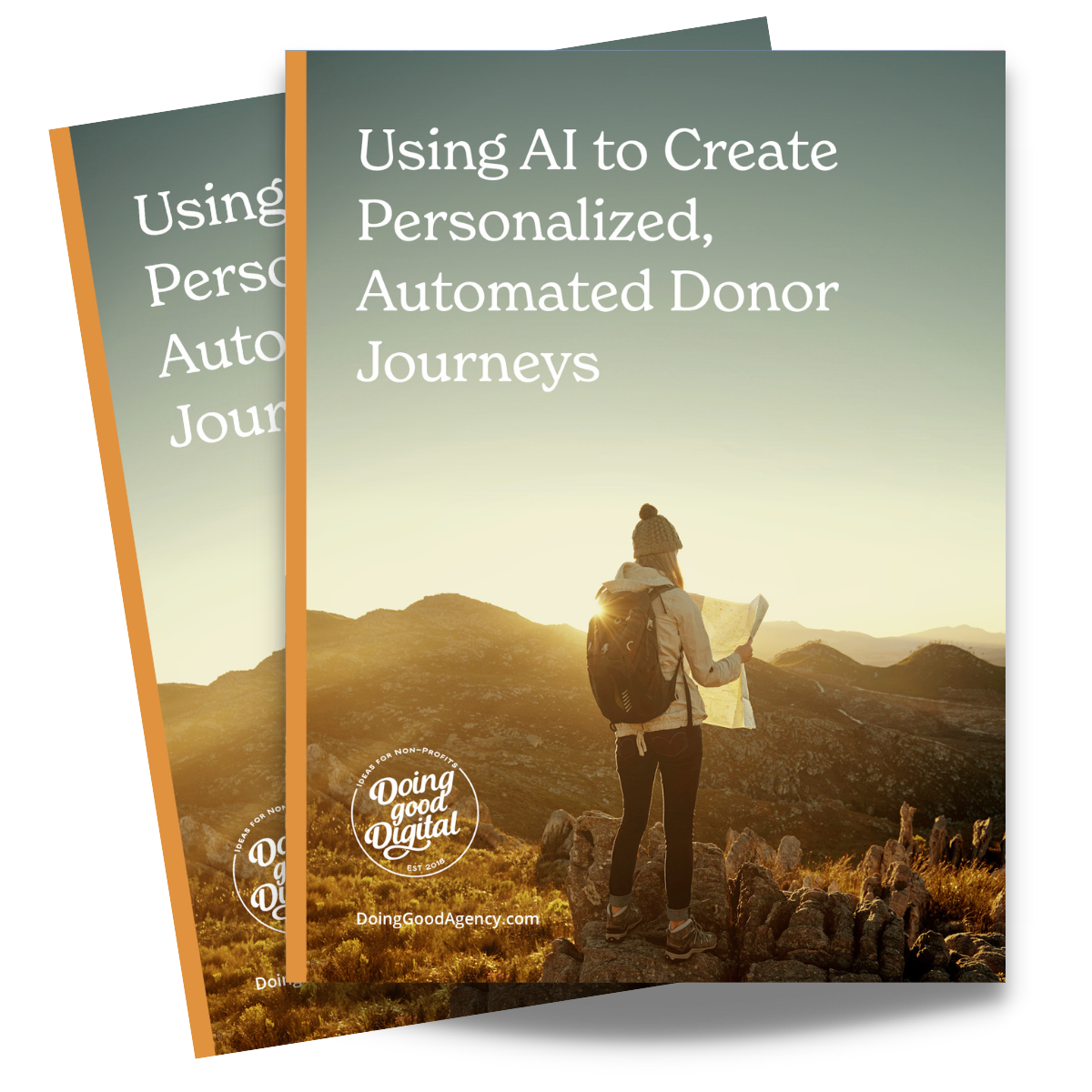How To Use Data To Segment Your Email List


Think about the last time you unsubscribed from an email. What made you want to hit that little button to confirm you no longer want to receive email from that organization? Was it too many emails? Irrelevant content? Whatever the reason, it all comes down to receiving the wrong email with the wrong content at the wrong time. So what does it take to receive the right email at the right time? In this blog post, we will show you how to use data to segment your email list and grow relationships with your supporters for your organization.
Personalization Is The Key
Communication is everything.
Sending the right email at the right time to the right people is crucial to fostering relationships with your supporters. Each supporter has a specific connection to your mission and requires different messaging.
It’s time to do away with the one-size fits all email campaigns. By using donation data, constituent data, and email metrics, you can segment your email lists so people are receiving relevant information depending on their supporter journey.
Segment your email list based on donation data:
First-Time Donor vs Recurring Donor
It is important that first-time donors receive targeted messaging focused on nurturing and engaging them to strengthen their connection to your mission. A well-crafted welcome series takes the new donor on a journey to get to know your organization and how their support is making an impact.
Pro-tip: opt-out donors in the welcome series for receiving other communication from your organization.
Set recurring donors apart from other donors, by delivering monthly impact updates to inform them on how their donations are continually driving your organization’s work. Be sure to capture the anniversary date of their first donation and send a personalized greeting honoring their commitment to your cause.
Lapsed Donor
Instead of sending the same email to lapsed donors – craft a series of emails that are messaged just for them. It’s important to tell them you appreciate their support in the past and that you miss them, but go even further by tailoring the messaging based on the last campaign they contributed to.
Since your lapsed donor was likely to give to that initiative in the past, they may want to continue their support. Update them on the impact their donation has made and what the future looks like – but most importantly don’t forget to make the ask.
Donor Acquisition
Communicate with your donors according to the context in which they donated – whether that was as event registrants, year-end appeals, or third-party events. For example, target donors who made a donation to a third-party event participant.
This will allow you to build a deeper relationship with them by sharing more information about your organization and helping them learn about different ways to get involved.
Segment based on constituent data:
Interests
Asking your constituents to fill out a survey about different areas of interest in your organization is a great way to personalize their communication. You can include this as an option in your email subscription or in a survey as a follow-up email. Based on their answers, you can segment your lists accordingly for future newsletter content and email campaigns.
Even if you don’t have the survey data, you can get an idea of what constituents are interested in by analyzing what funds they’re donating to, which events they attended, or what area they’re volunteering in. Using that information can help you segment lists based on that criteria.
Demographics
Creating campaigns based on age, sex, family, size, income, occupation, social class, and geographic location can have many benefits to the success of your appeal. Specifically, it can help you create personas that help you craft email content targeted to a certain demographic. This can be helpful with A/B testing and determining what kind of messages work well with certain demographics.
Geographic location is helpful when sending information about upcoming events in the area, but where we really see this working best is in advocacy efforts. Segmenting your list based on current initiatives in a constituent’s area hits home and resonates with the supporter.
Segment based on email metrics and tools:
Click-Through Rate
By evaluating the click-through rate, you can determine which content is engaging your supporters to further personalize messages moving forward. Tools like Luminate Online will let you record “implied interest” click-throughs in your emails to better track constituent interests.
For example, a hospital’s e-newsletter may have stories on cancer research, patient care, and new surgical equipment. If I click on the cancer research story, it’ll be noted on my record that I’m interested in that topic. When you ask me for a donation next month, you can focus the email on cancer research funding.
Engagement Tools
There are many tools that integrate with your CRM to enhance your email strategy. Tools such as Attentive.ly, offer a new level of social matching, listening and interaction between your organization and its supporters. It allows your organization to segment those constituents who could be most influential to your campaign and focus your messaging on that group.
Although it seems like an extra step to analyze the data and segment your email lists, it is a crucial step that can improve your campaign performance and deepen your supporter relationships. Try one of these segmentation ideas on your next campaign and let us know your results!
Need help with organizing your data and segmenting your email lists? Does your email marketing plan need a revamp? Do you want us to take care of all your email marketing for you? Contact us to set up a free consultation to learn how we can help!





